How do you explain the difference between “Definition of Done” and “Acceptance Criteria” to your Product Owner and Developers?
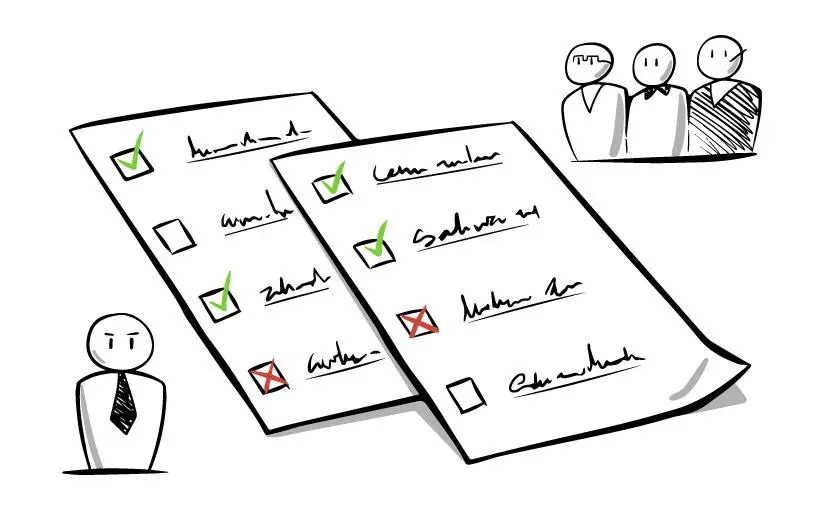
How do you explain the difference between “Definition of Done” and “Acceptance Criteria” to your Product Owner and Developers? Vaibhav Sharma August 22, 2022 10:59 am No Comments In this blog, we will briefly discuss Scrum and understand what “Definition of Done” (DoD) and “Acceptance Criteria” mean to a Scrum team. We will also discuss […]
User Story: End-to-End Guide
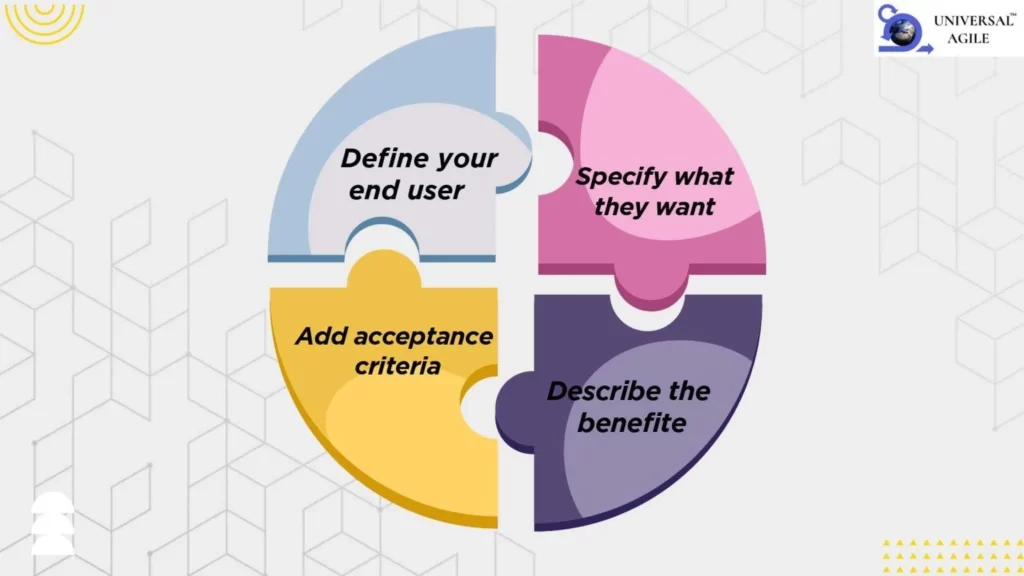
User Story: End-to-End Guide Practitioner October 31, 2022 7:05 pm No Comments Are you a non-IT professional searching for ways to enhance your project management skills and drive organizational success? Look no further than Scrum Master Certification. While traditionally associated with the IT industry, Scrum framework has proven to be highly effective in various domains […]
CSM Certification Cost vs. Salary Increase: Is the Investment Worth It

CSM Certification Cost vs. Salary Increase: Is the Investment Worth It Practitioner June 3, 2023 9:49 am No Comments Are you contemplating investing in a Certified ScrumMaster (CSM) certification to boost your career prospects? With the desire to stand out in today’s competitive job market, many professionals are considering the value of acquiring this prestigious […]
How to Pass the Certified ScrumMaster Certification Exam on Your First Attempt?
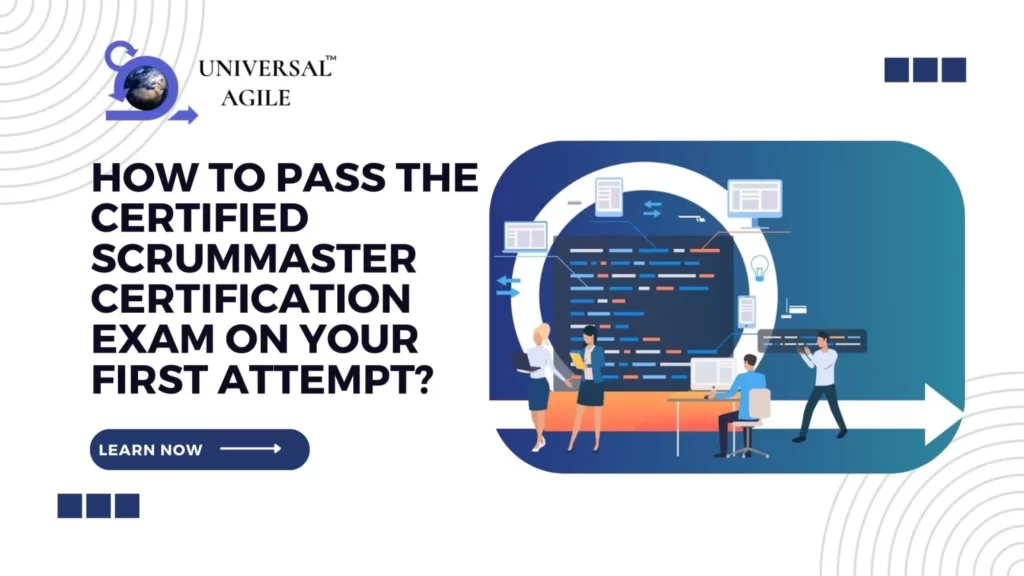
Introduction Are you aspiring to become a Certified ScrumMaster? Congratulations on taking this exciting step towards enhancing your career in agile project management! The Certified ScrumMaster certification is a highly recognized credential in the industry, demonstrating your proficiency in Scrum principles and practices. To help you ace the Certified ScrumMaster certification exam on your first […]
How Scrum Master Certification Can Benefit Non IT Professionals and Organizations
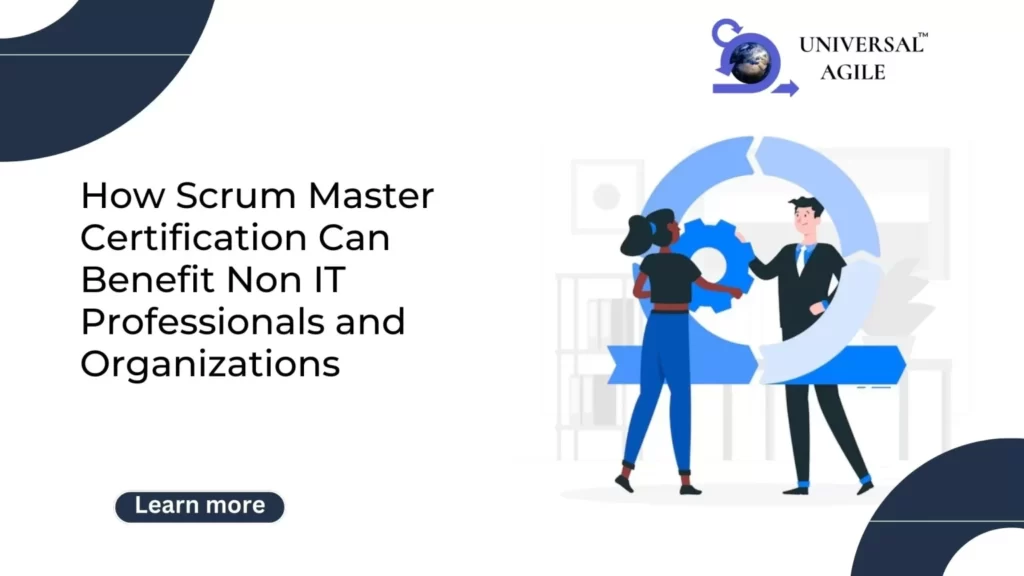
How Scrum Master Certification Can Benefit Non IT Professionals and Organizations Practitioner May 26, 2023 7:05 pm No Comments Are you a non-IT professional searching for ways to enhance your project management skills and drive organizational success? Look no further than Scrum Master Certification. While traditionally associated with the IT industry, Scrum framework has proven […]
Understanding the Core Principles of Extreme Programming in Agile (XP)

Practitioner No Comments Introduction Extreme programming in agile (XP) is a software development methodology emphasizing high-quality software delivery via frequent releases, continuous feedback, and customer involvement. XP was first introduced in the late 1990s by Kent Beck and has since gained popularity in the Agile development community. XP is a highly effective Agile methodology for […]
SAFe 6.0: What’s New and What Has Changed in the Latest Release of Safe Agile Certification?
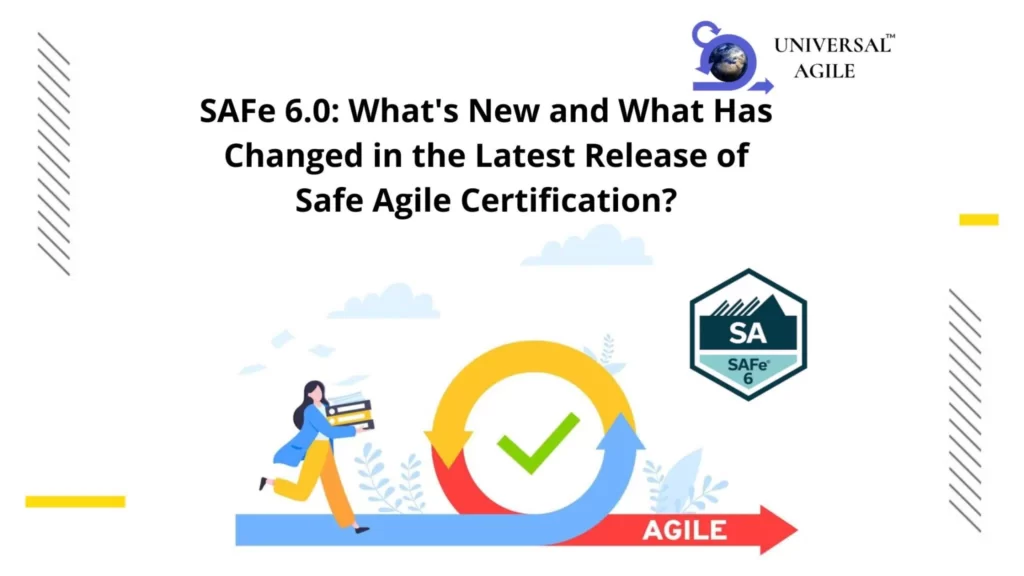
Practitioner 6:25 pm No Comments The pandemic’s extraordinary circumstances served to highlight a long-standing truth: Businesses are constantly faced with change. Because of rising customer demands, complicated supply chains, and the effects of digital technology, change is occurring at a faster rate than ever before and is becoming more unexpected. SAFe framework has become crucial […]
Ace Your Leading SAFe Exam: Essential Steps and Strategies for Exam Preparation

Practitioner 3:21 pm No Comments Introduction Are you eager to prove your expertise in the world of Agile methodologies? Look no further than the SAFe exam – the ultimate challenge for those seeking to establish themselves as leaders in the field of Scaled Agile Framework. But with great opportunity comes great preparation. The SAFe exam […]
Achieving Effective Collaboration and Innovation in Scrum with Servant Leadership Theory
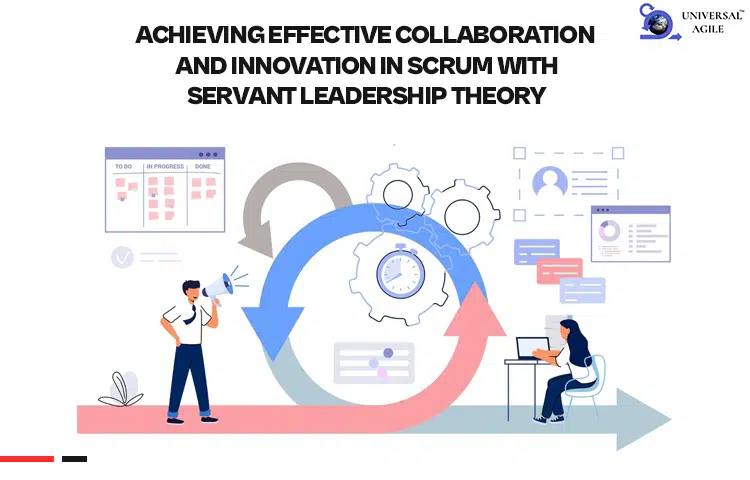
Practitioner 5:26 pm No Comments In today’s rapidly changing and competitive business environment, organizations are seeking ways to become more agile, flexible, and innovative. One popular approach to achieve these goals is by implementing the Scrum framework, a widely adopted Agile for managing and completing complex projects. Scrum emphasizes teamwork, collaboration, and continuous improvement, with […]
How to Effectively Implement the Scrum Framework in Large Organizations in 2023
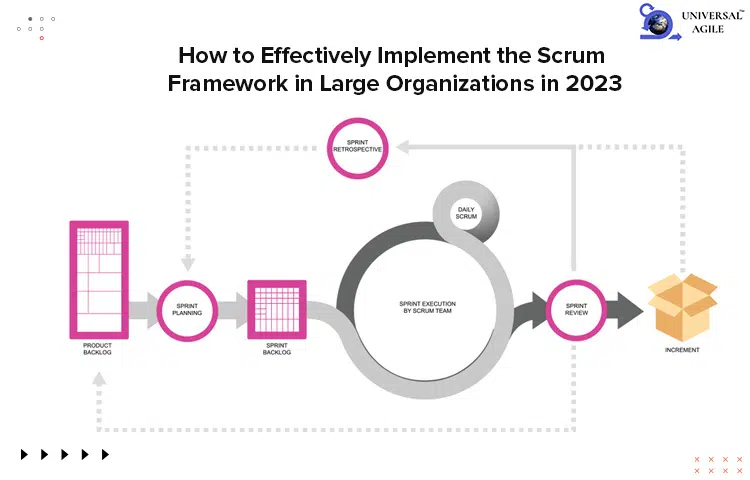
Practitioner 4:40 pm No Comments Scrum is an agile project management and completion framework. It was originally developed for software development, but can be applied to any project that requires a collaborative and iterative approach. The Scrum framework is based on a set of values, principles, and practices, which are used to guide the team’s […]
